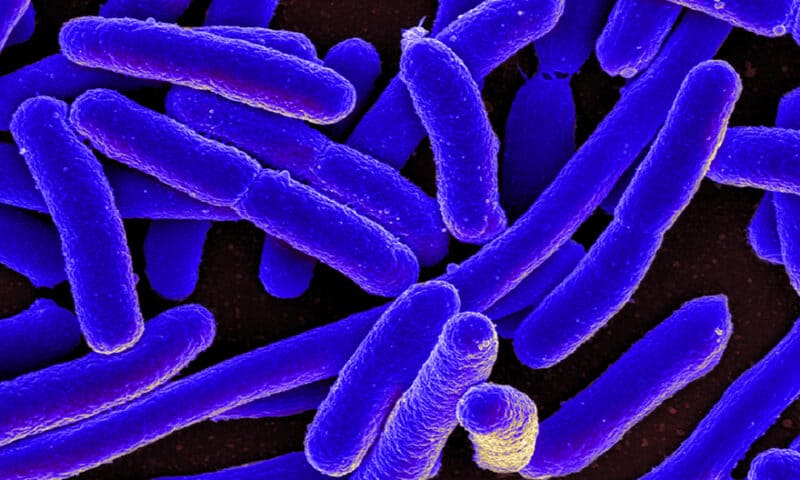The sting from a Korean yellow-jacket wasp doesn’t pose much of a danger to people—but it could be toxic enough to kill lethal bacteria that have become resistant to antibiotics. Now the insect has inspired scientists at the University of Pennsylvania’s Perelman School of Medicine to take a new approach to developing antibiotics.
The team started with one ingredient in the wasp’s venom, a peptide called mastoparan-L (mast-L). This protein can kill bacteria, but it wouldn’t be safe for people at high doses. So the researchers engineered a version of the protein so that it targets E. coli while leaving healthy cells alone. They described the compound in the journal Proceedings of the National Academy of Sciences.
To figure out how to alter mast-L, the scientists searched a database of known antimicrobial compounds and identified a feature that corresponded with a strong ability to kill bacteria. They took a motif inspired by that feature and used it to replace of a region of mast-L that’s associated with high toxicity, calling the new compound mast-MO.
The Penn team went on to test mast-MO in mouse models of sepsis caused by E. coli. The peptide worked in 80% of the animals, they reported. They treated a second group with mast-L and found a lower survival rate and toxic side effects.
How does mast-MO kill bacteria? The Penn researchers reported that the peptide recruits infection-fighting white blood cells and makes the bacteria’s outer membranes more penetrable, they reported.
Despite the massive effort underway in the biopharma industry and research community to combat COVID-19, there continues to be a call for new approaches to overcoming antibiotics resistance. Earlier this year, the World Health Organization put out two reports bemoaning “a weak pipeline for antibiotic agents,” which at the time included just 60 potential products.
In July, a collection of Big Pharma companies including Merck and Pfizer answered the call for innovation in antibiotics development, setting up a $1 billion fund to foster innovation in the field. The effort, dubbed the AMR Action Fund, is expected to start making investments by the end of this year.
The next step for the Penn team is to further test the variants of mast-MO that they created and pinpoint one or more for further development. They are also studying other venomous toxins in the hopes of identifying more antibiotic candidates.
“New antibiotics are urgently needed to treat the ever-increasing number of drug-resistant infections, and venoms are an untapped source of novel potential drugs,” said the senior author of the new study, César de la Fuente, Ph.D., assistant professor of psychiatry, microbiology and bioengineering, in a statement.

